There can be your advertisement
300x150
Everything You Need to Know About Fragrant Plants
Fragrant plants first easily capture our love, and then we invite them into our gardens and balconies. They are easy to care for, beautiful, and fragrant. And when you want to, you can gather a few leaves of mint or a sprig of thyme to make your mojitos and ratatouille prepared in a special way (don't mess up, it would be embarrassing). But the choice is great: which fragrant plants to choose for your garden? Let's look at the main types…
Fragrant Plants: Which Types to Choose?
We distinguish:
- perennial fragrant plants with deciduous leaves: such as garlic, tarragon, and mint. They lose their leaves in winter but regain them in spring.
- perennial fragrant plants with evergreen foliage: like rosemary, common sage, and thyme. They retain their leaves in winter.
- annual fragrant plants: such as dill, basil, or cilantro that live for one year and must be replanted every year.
- biennial fragrant plants: they live for two years, like parsley.
Remember these differences when planting.
How to Successfully Grow Fragrant Plants: Choose Plants Suitable for Your Soil and Orientation
The secret to happy fragrant plants? It's not a green thumb issue but rather a matter of choosing plants that will thrive in the conditions of your garden or balcony. Thus:
- Your garden or balcony is sunny, warm, well-drained, and even sandy? Your plants should be oregano, rosemary, savory, sage, or even thyme.
- Your garden or balcony is sunny but not too much and the soil is rich and moist? Dill, basil, garlic, cilantro, tarragon, or even lemon mint will be yours.
- Your garden or balcony is partially shaded and rich, with cool soil? Chervil, mint, or parsley (curly or flat) will be yours.
How to Combine Fragrant Plants?
One of the most common mistakes in growing fragrant plants is incompatible combinations…
To create a fragrant garden or regular pot, it is recommended to combine plants with the same light and water requirements. For example, you can place tarragon, garlic, and cilantro together in a partially shaded area with cool soil, whereas thyme, rosemary, and oregano, Mediterranean origin plants, will grow well in sunny, drained soil.
However, be careful with mint: isolate it in a large pot because it is very aggressive!
1. Lavender
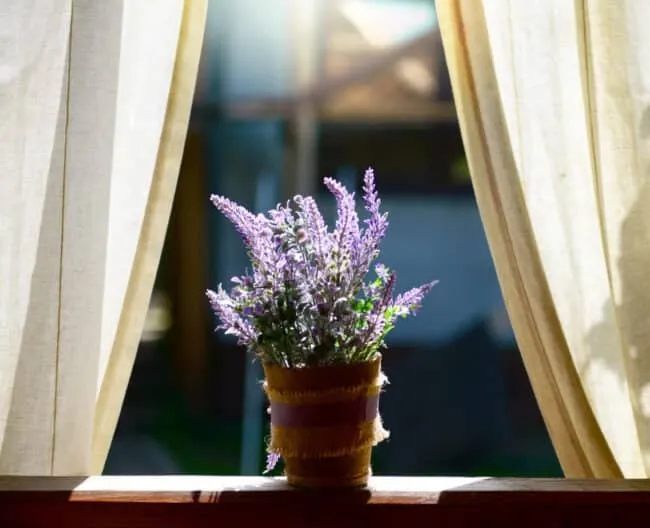 Pinterest
Pinterest2. Mint
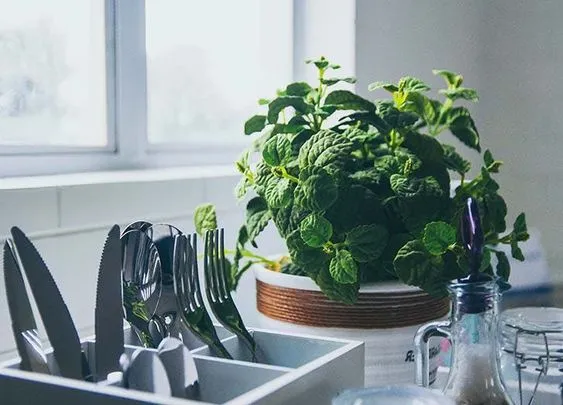 Pinterest
Pinterest3. Jasmine
 Pinterest
Pinterest4. Lemon Tree
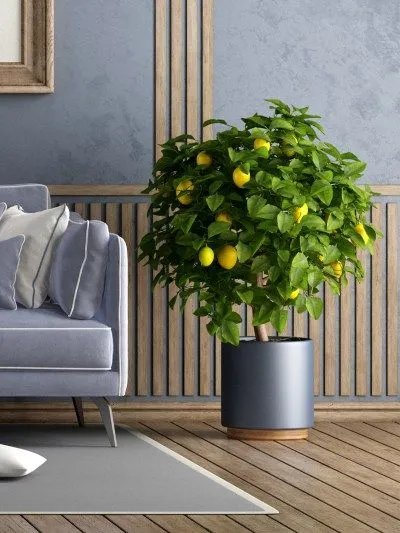 Pinterest
Pinterest5. Eucalyptus
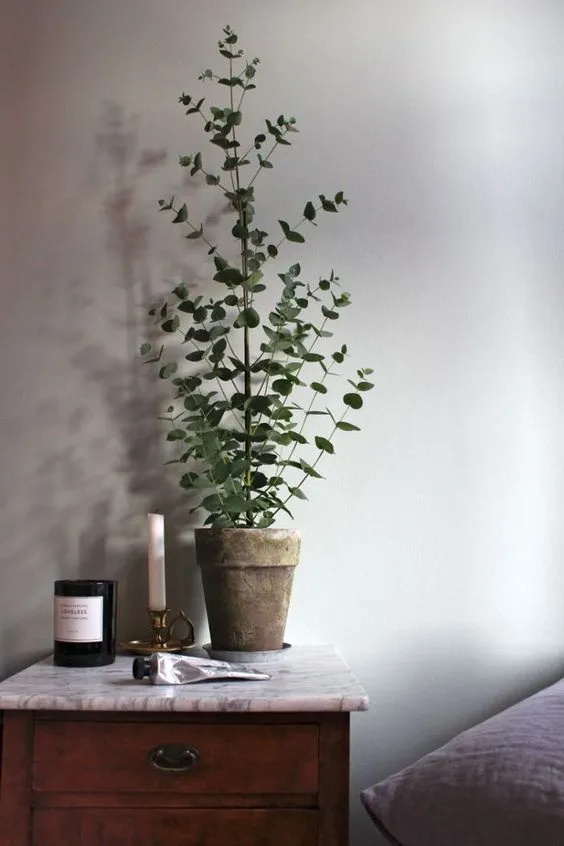 Pinterest
Pinterest6. Tuberose
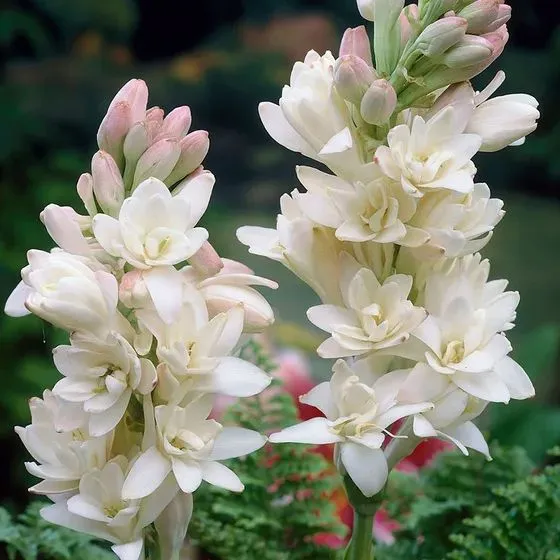 Pinterest
PinterestMore articles:
 Add a Green Accent to Your Interior with Eucalyptus
Add a Green Accent to Your Interior with Eucalyptus Add Charm to Your Bathroom with Wallpaper
Add Charm to Your Bathroom with Wallpaper Add Sweetness to Your Kitchen with Beige Cabinets
Add Sweetness to Your Kitchen with Beige Cabinets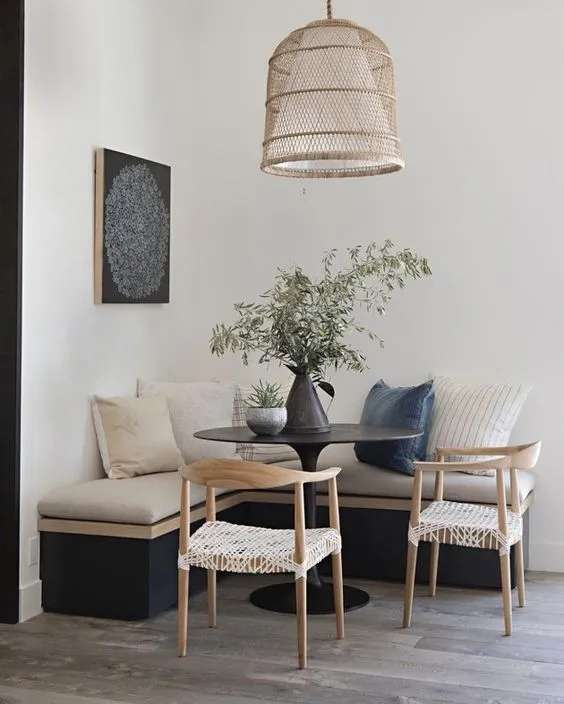 Add Functionality and Style with a Corner Table
Add Functionality and Style with a Corner Table Add Texture and Depth to Bedroom Walls with Plaster Molding
Add Texture and Depth to Bedroom Walls with Plaster Molding Additional Interior Design Trends for 2023 - Ideas Full of Personality
Additional Interior Design Trends for 2023 - Ideas Full of Personality Principles of Creating the Perfect Rattan Bedroom
Principles of Creating the Perfect Rattan Bedroom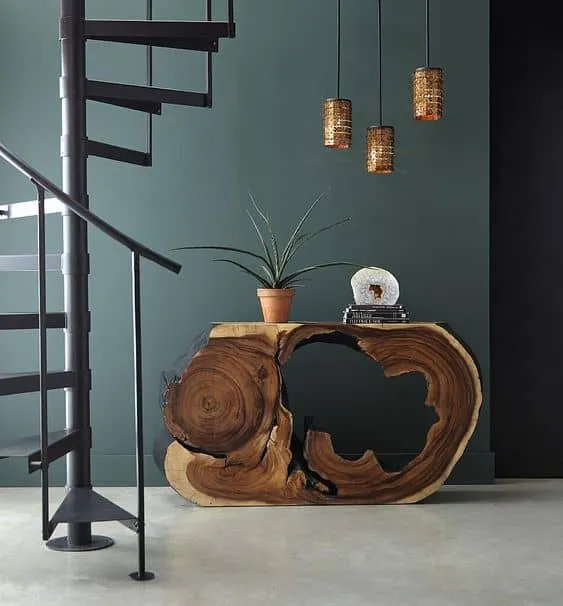 Use Wooden Furniture for a Cozy and Stylish Interior
Use Wooden Furniture for a Cozy and Stylish Interior